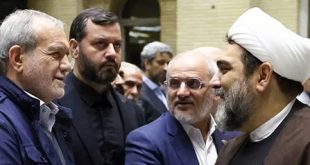The Sejil missile is one of Iran’s most advanced long‑range solid‑fuel ballistic weapons, representing a significant milestone in its missile development program. As the country’s first long‑range solid‑fuel missile, Sejil is designed with a two‑stage engine that allows it to achieve impressive speeds and range. Its range of roughly 2,000 kilometers gives it the ability to reach a wide array of targets across the region with precision and reliability.
Weighing more than 23 tons, the Sejil missile is powered by a robust two‑stage solid‑fuel propulsion system, making it highly mobile and quick to launch compared to liquid‑fuel missiles. Its engine allows the missile to accelerate to a remarkable velocity of approximately 4,300 meters per second, a speed that ensures its ability to defeat enemy defenses and accurately strike its target.
The missile’s warhead, weighing roughly 54 kilograms, is modeled after the Hawk surface‑to‑air design, making it highly effective despite its relatively low weight. By the standards of medium‑range missiles, this is considered a significant payload, allowing the Sejil to cause substantial damage upon impact.
Sejil is highly valued for its precision, speed, and versatility, making it one of the most formidable components of Iran’s missile arsenal. Its solid‑fuel design gives it advantages in terms of operational readiness and mobility, allowing for rapid deployment and a quick response to threats. The missile’s long range and sophisticated engineering highlight its role as a pivotal element in modern defense and deterrence strategies.
Check Also
The funeral ceremony for the deceased members of the Vice President’s family
The evening of Monday, December 17, 1404, marked one of the most solemn and heartbreaking …

